Train stations used to be more than just places to catch a ride. They were grand gateways to cities, architectural marvels that welcomed travelers with soaring ceilings, intricate details, and an unmistakable sense of importance. While many modern stations prioritize efficiency over elegance, some of the world’s most stunning railway hubs still stand as testaments to an era when travel was considered an art form.
These aren’t your typical commuter stops with plastic benches and fluorescent lighting. Here’s a list of 17 train stations that deserve a spot on any traveler’s must-see list.
Grand Central Terminal
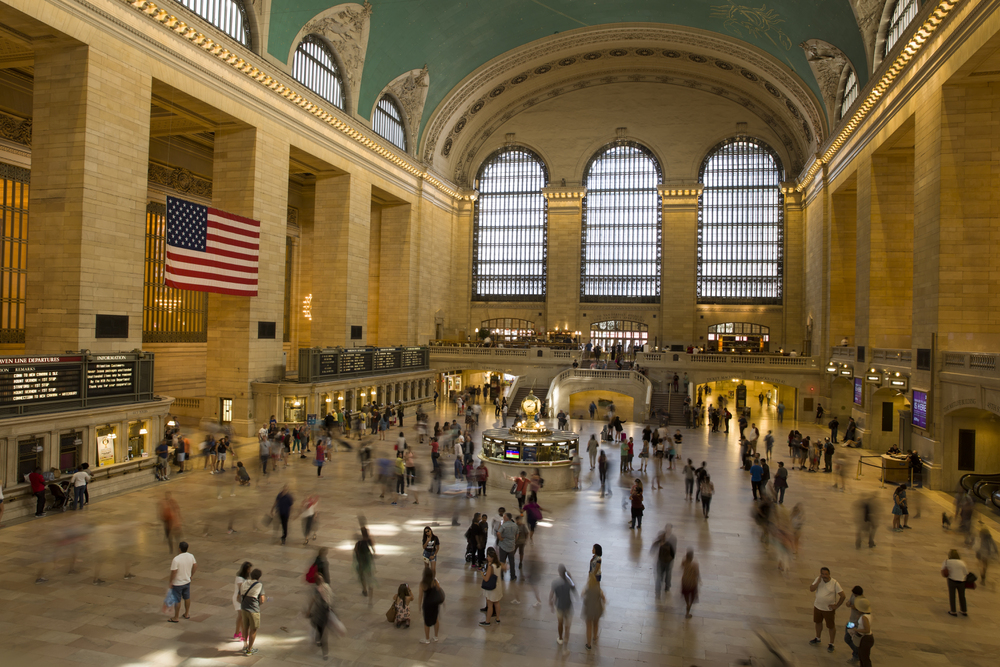
New York’s Grand Central isn’t just a transportation hub — it’s practically a small city. The main concourse feels like stepping into a cathedral, with that famous ceiling displaying constellations that seem to twinkle even in daylight.
About 750,000 people pass through daily, yet the space never feels cramped thanks to its massive scale. The hidden tennis club on the fourth floor and the basement-level cocktail bar prove there’s always more to discover than meets the eye.
St. Pancras International
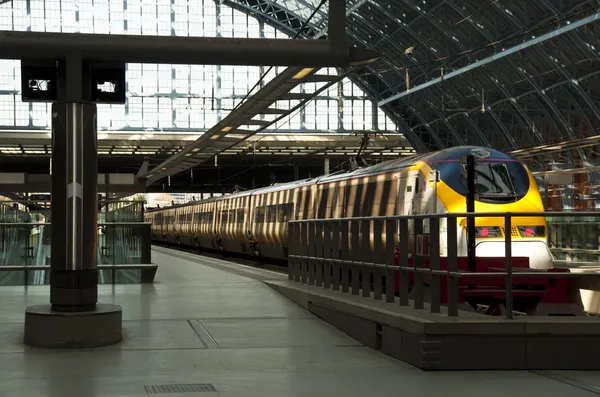
London’s St. Pancras combines Victorian Gothic architecture with modern international travel in a way that shouldn’t work but absolutely does. The red brick facade looks like something from a fairy tale, complete with a clock tower that rivals Big Ben for attention.
Inside, the curved iron and glass roof creates a sense of airiness that makes waiting for trains feel almost pleasant. The champagne bar on the upper level offers the perfect spot to toast your journey before boarding the Eurostar.
Like Travel Pug’s content? Follow us on MSN.
Antwerp Central Station
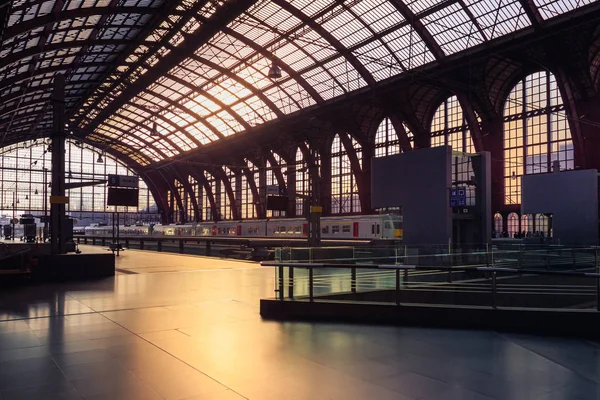
Belgium’s Antwerp Central Station earns its nickname as the ‘Railway Cathedral’ through sheer architectural drama. The stone facade resembles a palace more than a train station, with ornate details that could keep you busy for hours just looking up.
The multi-level design creates interesting sight lines throughout the building, where travelers on different floors can wave to each other across the vast central space. Local chocolatiers have set up shop inside, making it tempting to miss your train on purpose.
Chhatrapati Shivaji Terminus
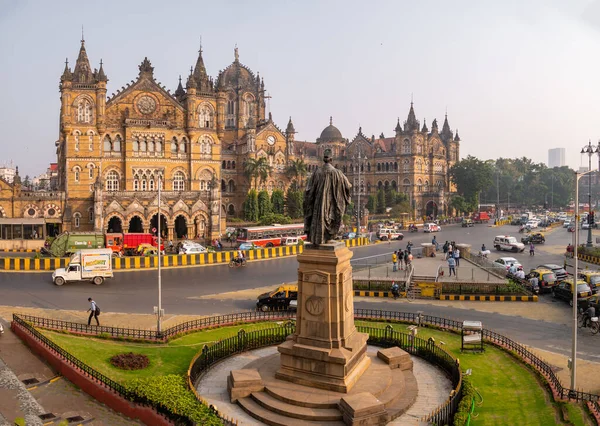
Mumbai’s main station blends Victorian Gothic Revival architecture with traditional Indian elements in a combination that UNESCO recognized as a World Heritage Site. The building’s turrets, pointed arches, and detailed stone carvings create an almost castle-like appearance that stands out dramatically against the modern city skyline.
Despite handling over three million passengers daily, the station maintains its historic character through careful preservation efforts. The stained-glass windows cast colorful patterns across the platforms, creating an unexpectedly peaceful atmosphere amid the bustling crowds.
Gare du Nord
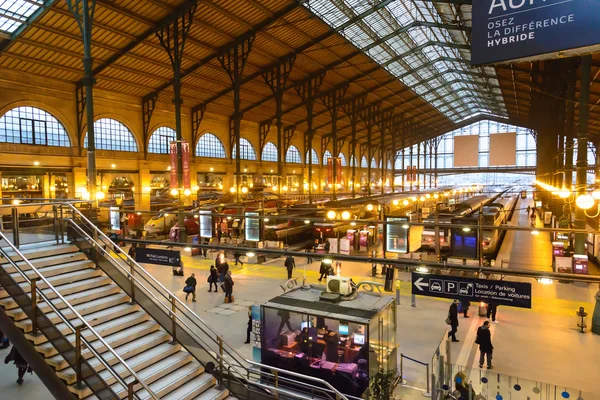
Paris’s busiest station manages to maintain French elegance despite processing about 700,000 passengers daily. The classical facade with its row of statues representing destinations across Europe gives travelers a sense of the grand journeys that begin here.
Inside, the iron and glass architecture creates cathedral-like proportions that make even the most hurried commuter pause to look up. The recent renovations have added modern amenities while preserving the historic character that makes this station feel uniquely Parisian.
Like Travel Pug’s content? Follow us on MSN.
Union Station
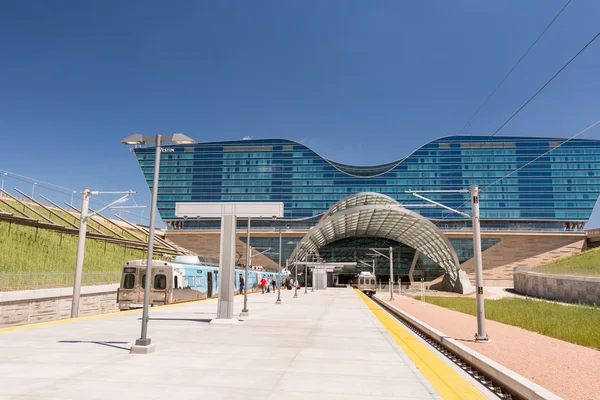
Washington D.C.’s Union Station proves that American architecture can compete with European grandeur when it sets its mind to it. The Main Hall’s barrel-vaulted ceiling soars 96 feet above marble floors, creating an almost Roman imperial atmosphere.
Gold leaf details catch the light from massive arched windows, making the entire space glow warmly throughout the day. The station now houses shops and restaurants alongside train services, but the original architecture remains the star attraction.
Kanazawa Station
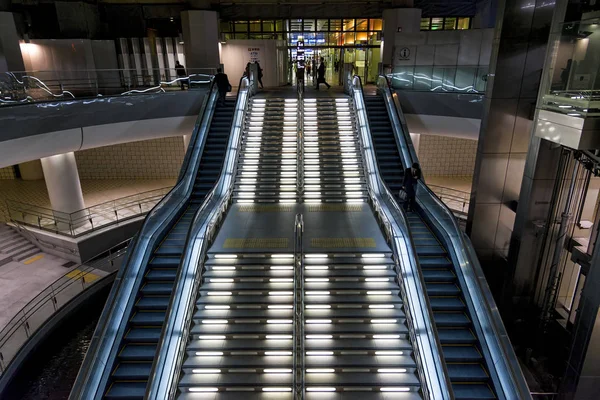
Japan’s Kanazawa Station demonstrates how modern design can create instant classics. The dramatic wooden gate structure at the entrance, called Tsuzumi-mon, resembles a traditional Japanese drum and serves as both a functional canopy and an artistic statement.
Inside, the glass dome ceiling floods the space with natural light while maintaining clean, minimalist lines that feel distinctly Japanese. The integration of traditional craft elements with cutting-edge design makes this station feel both timeless and thoroughly contemporary.
Flinders Street Station
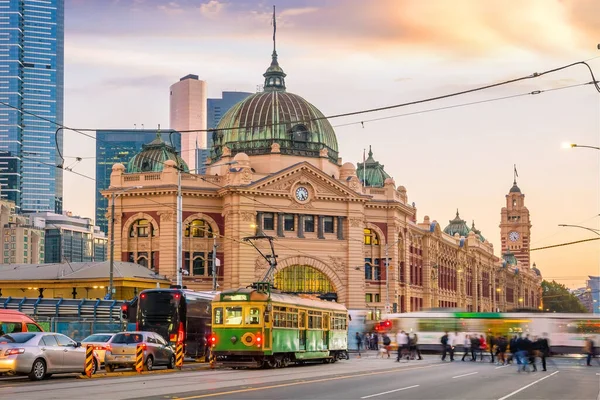
Melbourne’s Flinders Street Station anchors the city center with its distinctive yellow facade and green copper domes. The Edwardian architecture creates a strong sense of place that locals use as a meeting point and tourists recognize instantly from postcards.
The recently restored clocks above the main entrance continue to serve their original purpose of helping travelers catch trains on time. Underground, the labyrinth of platforms and passages creates its own ecosystem where commuters navigate by instinct developed over years of daily use.
Like Travel Pug’s content? Follow us on MSN.
Atocha Station
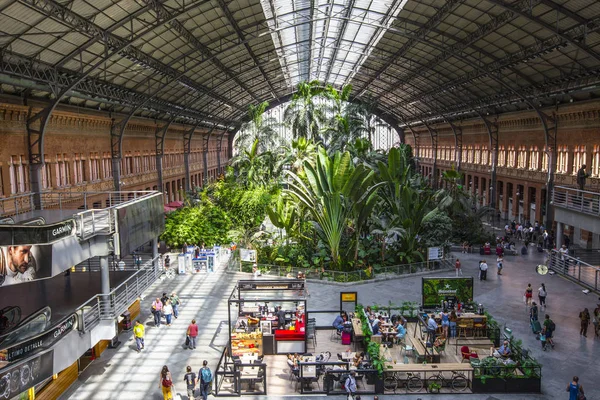
Madrid’s Atocha Station houses a tropical garden inside what was once the main passenger hall, creating one of the world’s most unusual waiting areas. Palm trees and exotic plants thrive under the iron and glass roof, while turtles swim in ponds scattered throughout the garden.
The old station building now serves as a peaceful retreat from the busy modern terminal next door, where high-speed trains depart for destinations across Spain. This combination of 19th-century architecture with unexpected landscaping creates a uniquely Spanish approach to historic preservation.
Central Station
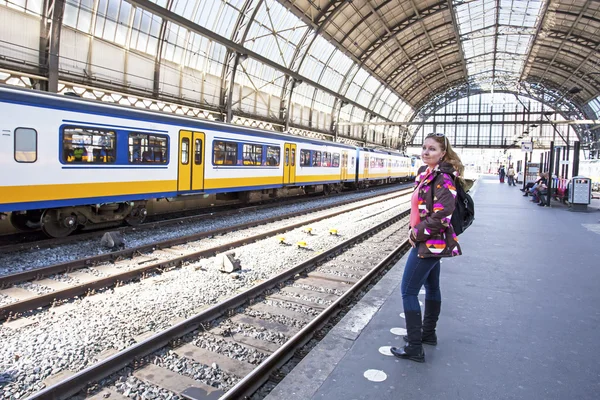
Amsterdam’s Central Station sits on an artificial island, making it feel like a grand entrance to the city from the water. The red brick Gothic Revival architecture mirrors the Rijksmuseum, creating visual continuity with Amsterdam’s most important cultural institutions.
Multiple levels of platforms handle everything from local trams to international trains, while the central hall maintains an open, airy feeling despite the constant flow of travelers. The station’s position between the historic city center and the harbor makes it a natural gathering point where locals and visitors naturally intersect.
Gare de Lyon
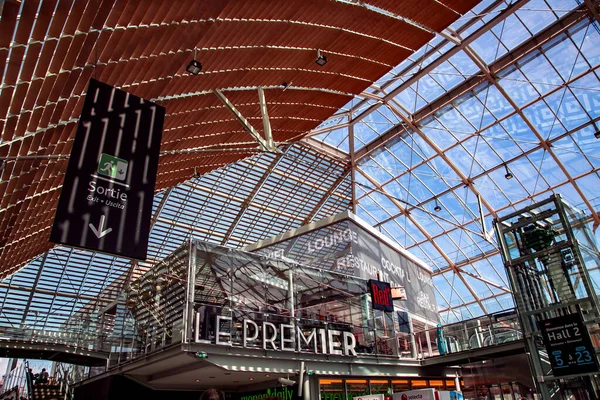
Paris’s Gare de Lyon features one of the world’s most elaborate station restaurants, Le Train Bleu, where Belle Époque murals cover the walls and ceiling like a moveable feast for the eyes. The restaurant’s opulent dining rooms feel more like palace halls than station amenities, complete with crystal chandeliers and gilded details.
The station’s clock tower, visible from across the Seine, has become a Parisian landmark in its own right. Modern renovations have updated the platforms and services while preserving the ornate public spaces that make this station feel like a destination rather than just a departure point.
Like Travel Pug’s content? Follow us on MSN.
Haydarpasa Terminal
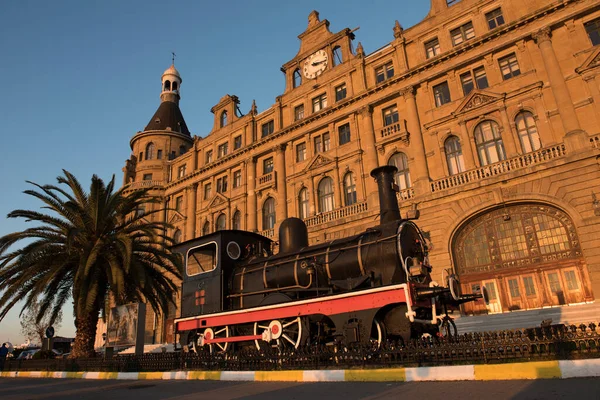
Istanbul’s Haydarpasa Terminal sits on the Asian side of the Bosphorus, offering stunning views of the European shore from its waterfront location. The German-designed architecture creates a distinctly European feel that contrasts beautifully with the Middle Eastern city surrounding it.
Large arched windows frame views of the water and the historic peninsula across the strait, making platform time feel like sightseeing. Though currently under renovation, the station’s role as a gateway between continents gives it symbolic importance that extends far beyond its transportation function.
Sirkeci Station
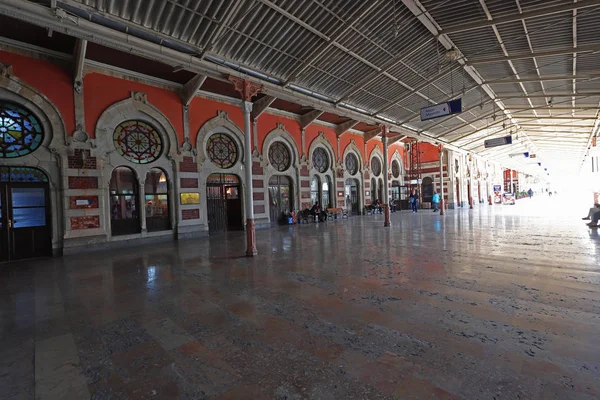
On the European side of Istanbul, Sirkeci Station served as the eastern terminus of the legendary Orient Express. The modest exterior belies the station’s romantic history as the end point for one of the world’s most famous train journeys.
Original Orient Express cars on display inside help visitors imagine the luxury and adventure that once defined long-distance train travel. The station’s location in the historic Eminönü district places it within walking distance of major attractions like the Blue Mosque and Hagia Sophia.
Helsinki Central Station
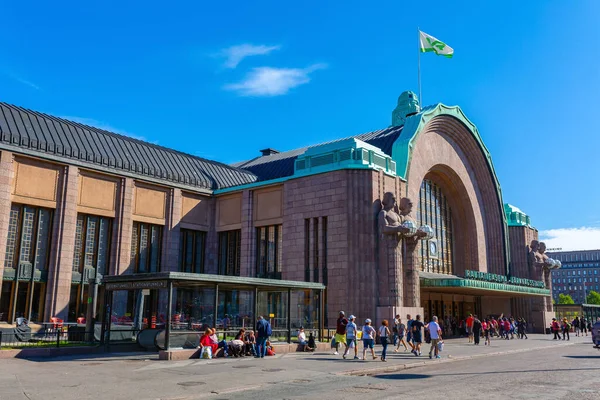
Finland’s Helsinki Central Station combines Art Nouveau architecture with Nordic functionality in a way that feels both grand and practical. The distinctive clock tower and the four lamp-holding statues flanking the entrance create strong visual anchors that help orient visitors to the city center.
Inside, the pink granite and green details create a warm atmosphere that counteracts the often gray Nordic weather outside. The station serves as a central hub for both local commuters and tourists heading to other Scandinavian countries.
Like Travel Pug’s content? Follow us on MSN.
Rossio Station
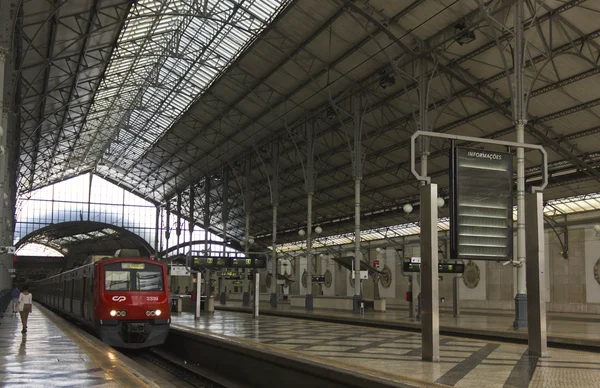
Lisbon’s Rossio Station disguises itself behind a neo-Manueline facade that looks more like a palace than a transportation hub. The intricate stonework and decorative elements reflect Portugal’s maritime heritage through nautical motifs carved into the building’s exterior.
The station’s location in the heart of Lisbon’s historic center makes it a natural starting point for exploring the city’s hills and neighborhoods. Two distinctive arched entrances, known locally as ‘horseshoe doors,’ have become iconic symbols of Lisbon’s architectural character.
Leipzig Hauptbahnhof
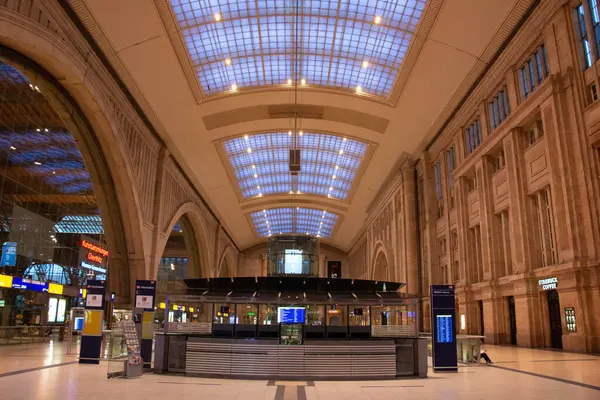
Germany’s Leipzig Central Station claims to be Europe’s largest terminal station by floor area, and the numbers back up the boast. The massive iron and glass roof covers 26 platforms, creating a sense of scale that can be overwhelming for first-time visitors.
The building’s symmetrical design features two identical facades, originally built to serve two different railway companies that refused to share a single entrance. Today, the station houses over 140 shops and restaurants, transforming it into a destination shopping center that happens to have excellent train connections.
Maputo Railway Station
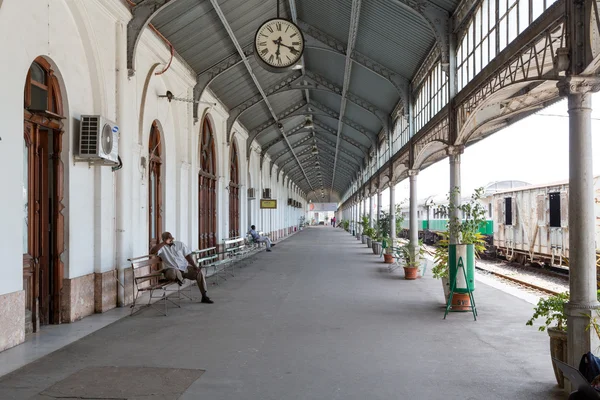
Mozambique’s Maputo Railway Station showcases early 20th-century Portuguese colonial architecture adapted for African conditions. The green and white building features wide verandas and high ceilings designed to provide shade and promote air circulation in the tropical climate.
Decorative tiles and ironwork details create visual interest while serving practical purposes in the harsh sun and occasional heavy rains. Though train service has declined from its colonial-era peak, the building remains an important architectural landmark that tells the story of Mozambique’s complex history.
Like Travel Pug’s content? Follow us on MSN.
Where Architecture Meets Adventure
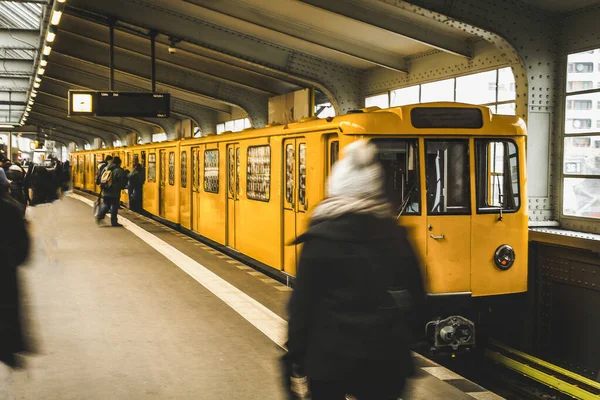
These stations remind us that travel used to be about more than getting from point A to point B as quickly as possible. They were designed when architects understood that first impressions matter, and that a beautiful building could transform the entire experience of a journey.
Today, as we rush through airports and modern stations focused purely on efficiency, these historic terminals offer a different approach to travel — one where the journey begins the moment you step inside. Whether you’re catching a train or just exploring, these architectural gems prove that sometimes the most interesting destinations are the places we usually just pass through.
More from Travel Pug

- 20 Best Beach Towns in the Carolinas
- 13 Destinations Where Tourists Regularly Regret Their Trip
- 20 Things You Actually Get in First Class
- 20 Small Airports With Aviation Museums
- 20 Places in the U.S. That Are Perfect for a Reset Trip
Like Travel Pug’s content? Follow us on MSN.
